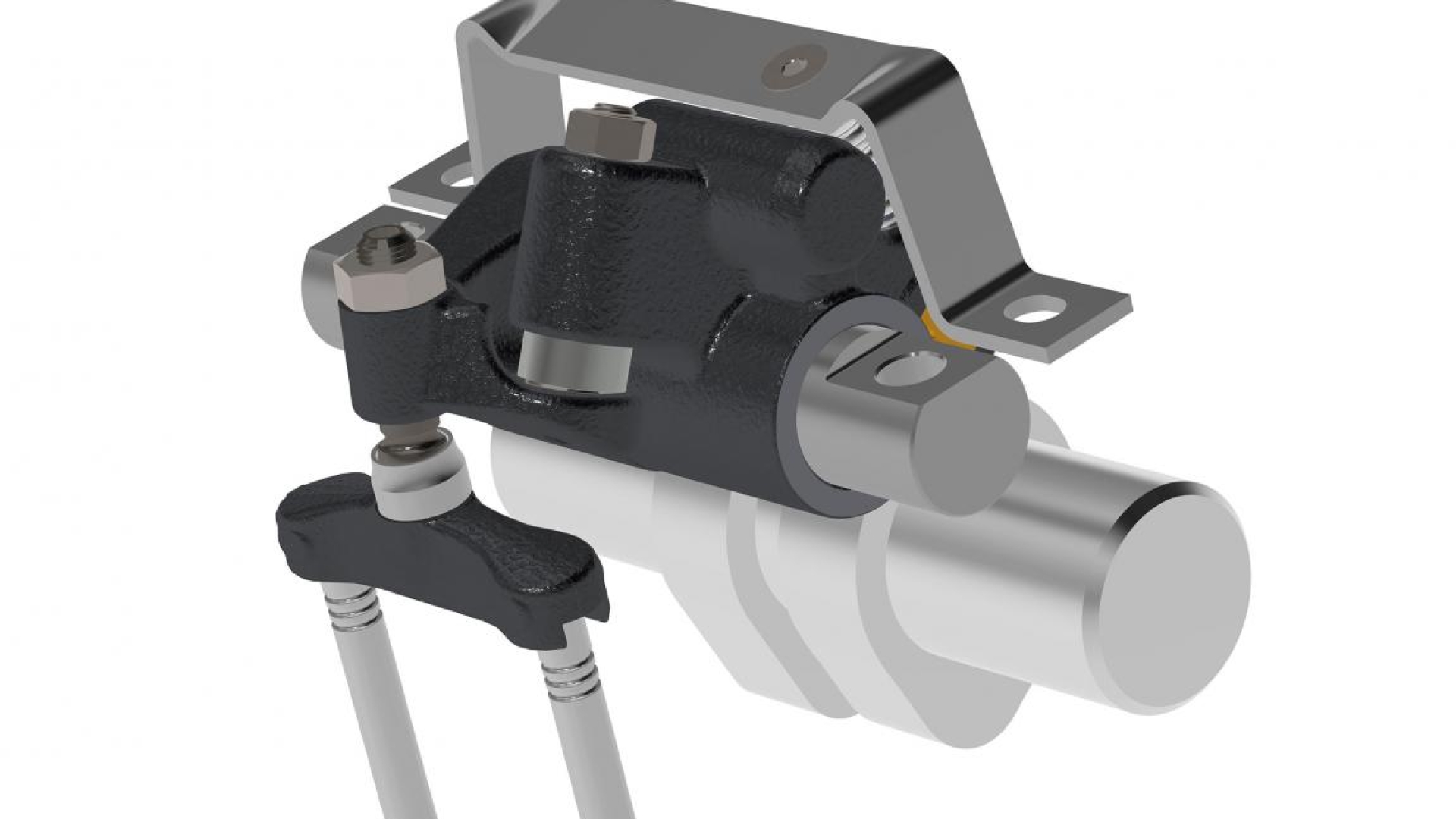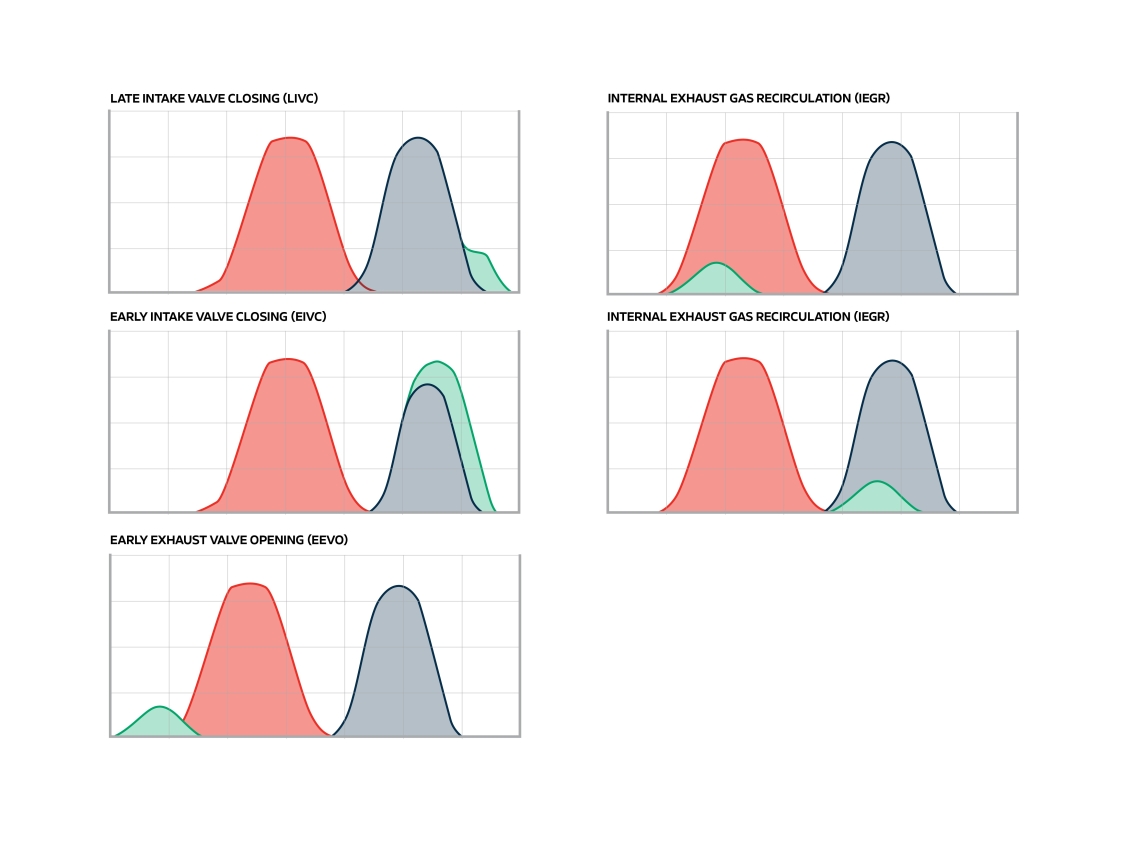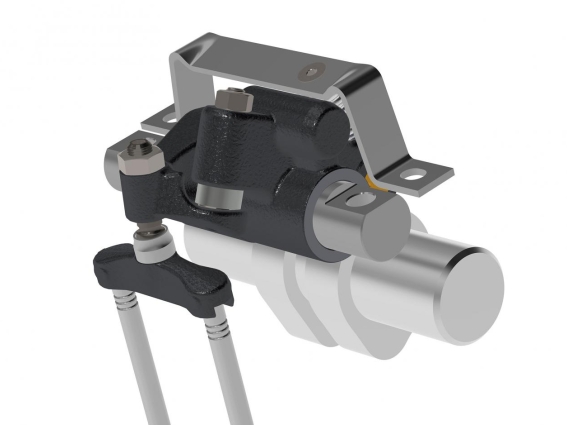Benefits: Two-step Variable Valve Actuation
Improves engine out NOx emissions
to help OEMs meet 2027/2029 regulations
Reduces fuel consumption
Keeps aftertreatment system hot
during low load operation to lower emissions
- Optimizes compression ratio vs load
- Improves transient response when compared to Fixed Miller
- Improves emissions by keeping the aftertreatment system hot during low load operation
- Faster warm up of engine and aftertreatment system
- Developed with over 60 years of engine brake and integrated valvetrain experience
- Provides the benefits of a fully-flexible VVA system with a less complex, lower cost system
- Higher engine braking power due to increased compression ratio
Flexible Solutions
- Compatible with other valvetrain technologies such as cylinder deactivation and engine braking
- Available for multiple valvetrain and fuel types including diesel, natural gas and hydrogen
- Applicable to all engine displacements, including large engines
A full suite of 2-Step VVA technologies is available. Download our brochure to learn more about the technologies and their unique benefits.
Using Jacobs proven mechanisms, a variable lift valvetrain provides the means to meet exhaust thermal management, engine performance, and emissions needs with minimal changes to the base engine, with the goal of reducing the size and cost of the aftertreatment system leading to reduced overall system costs.
Watch Jacobs 2-Step VVA aux rocker for LIVC testing.



